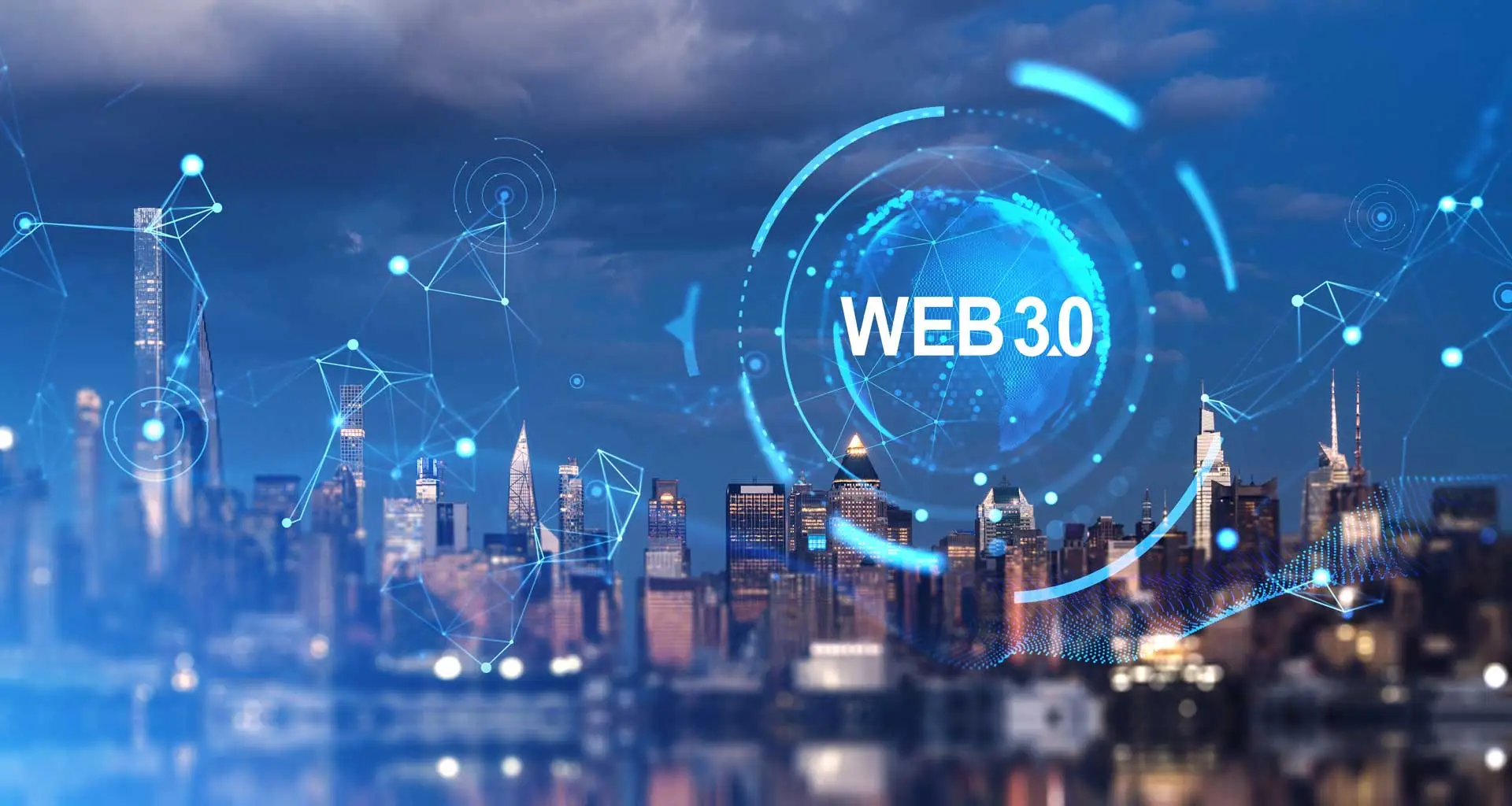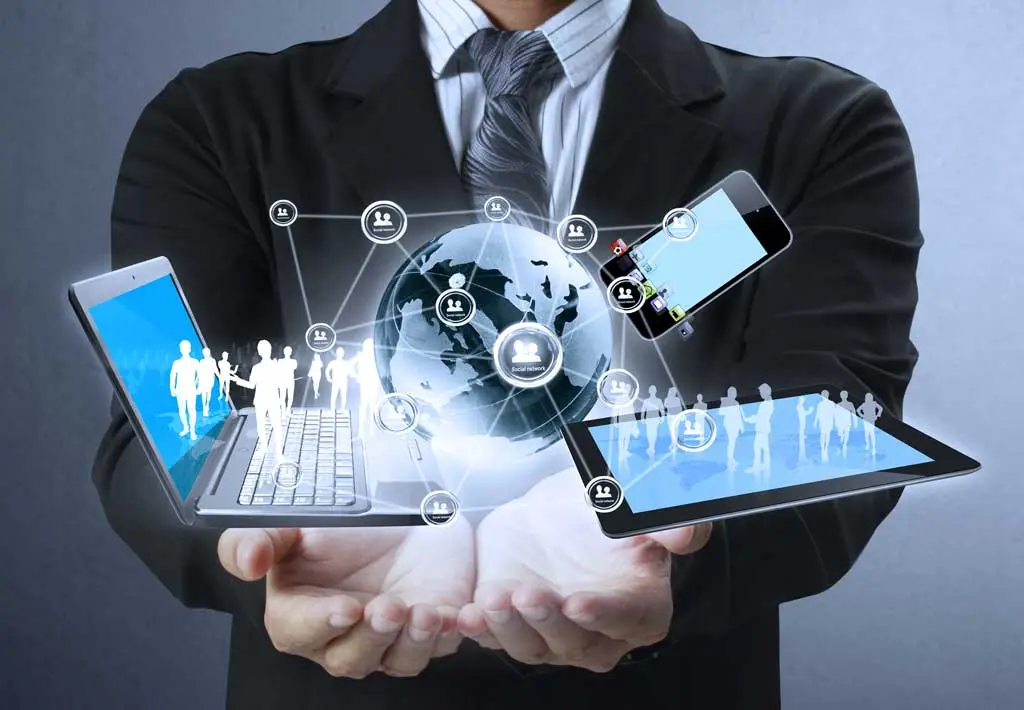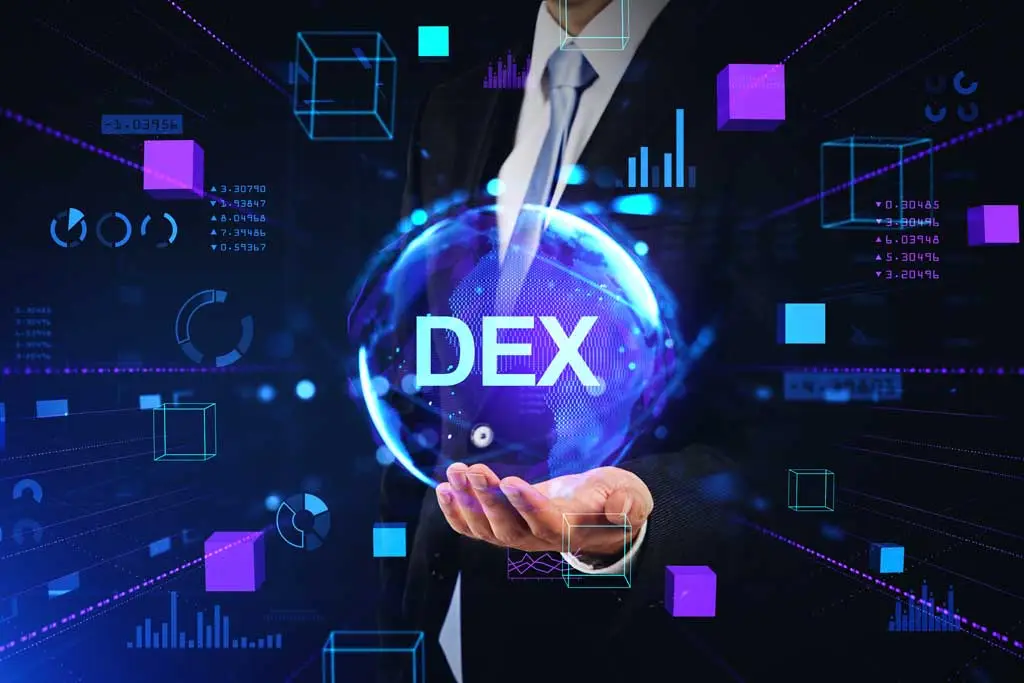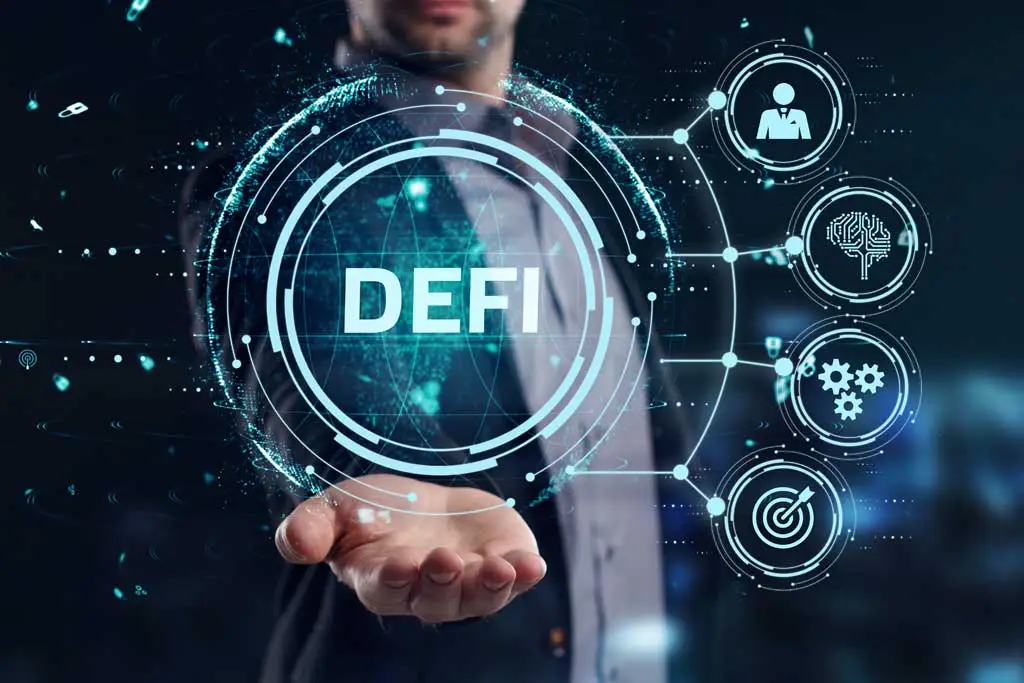
Unveiling The Future of Online Interaction and Shopping
The Basics of Web3
Web3 is a concept for a decentralized internet built on blockchain technology. It aims to empower individuals and reduce reliance on centralized authorities. It is all about a more democratic and decentralized online world, where power and data do not belong to just a few tech giants. Web3 is a user-focused network where power and data is scattered across thousands of computer nodes around the world. It is a collective term for a new vision of the internet that is fundamentally different from Web2 that currently consists of super computers controlled by a few corporate behemoths.
The Key Features of Web2
Web2, the current version of the internet, is a social web highlighted by the rise of social media platforms, online services, and user-created content. However, it has drawn criticism for its concentration of power and data, with a few dominant corporations controlling the digital landscape. Web2 platforms focus on user interactions and user-generated content, promoting a vibrant environment for social connections, collaboration, and innovation. Yet, this interconnectedness has its drawbacks: these central platforms collect massive amounts of user data for targeted ads and employ obscure algorithms that can manipulate behavior and frame narratives. In contrast, Web3 underscores decentralization, distributing power and data across a network of numerous nodes instead of letting a handful of tech giants monopolize. Are you ready for this revolution?
Use-Case Scenarios: Programs and Applications
Here’s a glimpse into our evolving relationship with “Programs” and “Applications”. Before Web1 and Web2, we had computer programs like Microsoft Word or Lotus 123. They were purchased at a computer store or ordered by telephone and delivered by snail mail. We then downloaded programs via “Floppy Disks” to our early generation computers. As technology advanced, we transitioned to purchasing software online and downloading them directly onto newer generations of computers. The emergence of Web2 took this a step further, enabling applications to function online and allowing multiple users to work simultaneously. This includes programs such as Microsoft Word, Google Docs, and various accounting or mathematical software packages.
With the advent of cell phones and tablets, technology took a leap forward. These devices allowed users to download ‘Applications’ or ‘Apps’. It’s important to note that these applications differed from traditional computer programs. In essence, computer programs were not compatible with mobile devices and vice versa, due to the distinct operating systems they each employed. So, programs are different than applications — and all applications were “Centralized”.

Centralized vs. DeCentralized
Prior to the advent of Web3, programs and applications were predominantly “Centralized”. They were hosted on a single computer platform, typically owned by tech giants such as Google, Microsoft, or Amazon. Consequently, users were obliged to comply with their policies and either pay for the service or tolerate intrusive advertising, which acted as a significant revenue source for these tech giants.
This is also true for mobile app developers. Essentially, they had to form revenue-sharing agreements with tech giants and share profits generated from their apps on these tech giant’s Web2 platforms.
Step into the realm of Decentralized Applications, or “dApps”. These cutting-edge applications function within the innovative structure of Web3. As previously mentioned, Web3 is a user-oriented network where power and data are decentralized, disseminated across thousands of computer nodes globally.
Unlike the centralized systems of Web2, where data is held in large data centres controlled by a few, Web3 distributes power and control across a network of peers. This distribution not only enhances security but also fosters a sense of collective ownership and transparency.
In essence, Web3 represents an entirely new vision of the internet. It is a paradigm shift from the traditional Web2 setup and introduces a system that is fundamentally different, focusing more on user control, privacy, and decentralization. This innovative model could very well be the future of our digital interactions, paving the way for a truly decentralized internet.
The Aspects That Define Web3
Web3 introduces a revolutionary architecture for the internet, underpinned by blockchain technology, smart contracts, and user-governed identity and data. It is a new internet built on decentralization, where power shifts from corporations to individuals. In this new paradigm, users can engage in micro-transactions for content without the need for intermediaries. This opens up a whole new world of possibilities for creators and consumers alike, fostering a more direct and transparent digital economy.
Furthermore, Web3 facilitates participation in decentralized autonomous organizations, or DAOs. These are essentially digital cooperatives, where decision-making is distributed among the community members. Decisions are no longer made by a select few at the top, but are instead made collectively, leading to a more equitable distribution of power and influence. DAOs foster a democratic ethos, in stark contrast to the traditional centralized systems. In essence, Web3 is not just about technical innovation, but also about redefining the very dynamics of online engagement, commerce, and governance. It represents a shift towards a more inclusive, democratic, and user-centric internet.
Monetization
Web2
- User-generated content: Users create content, but platforms own and monetize it.
- Monetization through ads: Centralized Platforms collect user data and sell targeted advertising to increase platform revenue.
Web3
- Decentralized: Data and applications are distributed across networks not controlled by single entities.
- User ownership: Users own their data and digital assets, often represented by tokens on blockchains
- Monetization through tokens and cryptocurrencies: Users participate in the network and earn rewards.
- Examples: Decentralized applications (dApps), virtual worlds for online shopping, and blockchain-based games.

Peer-to-peer (P2P) payments: P2P payments are also known as person-to-person payments. They are digital transactions that occur directly between two individuals, bypassing traditional financial institutions like banks. They offer a convenient and often faster way to send and receive digital assets compared to traditional methods like checks or wire transfers.
Benefits of P2P payments:
- Convenience: They are quick and easy to use, often requiring just a few clicks or taps on your phone.
- Speed: Transfers are typically processed much faster than traditional methods, often happening instantly or within minutes.
- Cost-effectiveness: Many P2P payments cost very little comparte to ACH or Wire Transfers..
- Accessibility: They can be used by anyone with a smartphone and internet connection, regardless of their banking situation.
Cryptocurrencies like Bitcoin and Ethereum play a crucial role in Web3:
- Secure transactions: Crypto enables secure peer-to-peer transactions without intermediaries.
- Digital ownership: Tokens represent ownership of digital assets and access to dApps.
- Incentivization: Crypto rewards users for participating in the network and contributing to its growth.
Examples of DeCentrallized Applications (dApps)
The list below includes a few use-case scenarios for Web3. Thousands of dApps are under development, but these are a few examples of practical applications of this new decentralized technology.
- Security: Users maintain control over their funds, reducing the risk of hacks or exchange closures.
- Transparency: Transactions are publicly recorded on the blockchain, ensuring transparency and immutability.
- Accessibility: Anyone with an internet connection and a crypto wallet can access DEXs, regardless of location or restrictions.
- Innovation: DEXs enable new financial products and services that are not possible on traditional exchanges.

Decentralized Finance (DeFi): an ecosystem of financial services built on top of blockchain technology. It aims to empower individuals by providing peer-to-peer financial services without relying on traditional intermediaries like banks or financial institutions.
Benefits of DeFi:
- Accessibility: Open financial services to anyone with an internet connection and crypto wallet.
- Transparency: Transactions are recorded on the blockchain, ensuring visibility and immutability.
- Innovation: Enables new financial products and services not offered by traditional institutions.
- Reduced costs: Eliminates intermediaries, potentially leading to lower fees and charges.

Will Web3 Make Sense to Grandma?
It’s difficult to predict a specific timeframe for Web3 becoming readily accessible for everyone, including senior citizens. However, efforts are underway to improve user experience, and initiatives are promoting digital literacy for all age groups. Here are some things that could make Web3 more accessible for everyone in the future:
- Simpler interfaces: More intuitive and user-friendly interfaces that resemble familiar applications could ease the learning curve.
- Voice-based interactions: Voice assistants and voice-controlled interfaces could be more accessible for individuals with limited technical experience.
- Integration with existing systems: Integrating Web3 functionalities with familiar platforms like banks or social media could create a smoother transition.
- Focus on specific use cases: Tailoring Web3 applications to address specific needs and interests of different user groups, like seniors, could increase adoption.
Real-World Assets (RWAs) and Web3: Bridging the Gap
Future use cases of Web3 will include the tokenization of Real World Assets. Tokenization involves creating digital tokens on a blockchain that represent ownership of the respective assets. This could include things like a “Title to Real Estate” or “Title to a car”. It may also include tokenization of tickets for sporting events or music concerts. If done in this manner, ownership of the asset would be stored in digital format on a blockchain. To put it differently, rather than being stored as a paper document in a centralized location, ownership in digital format would be verified and stored on each block of the blockchain. This type of ownership storage is referred to as a distributed ledger rather than a centralized ledger that can be lost or manipulated.
Other examples of tokenization on a blockchain can include digital assets being:
- Traded and exchanged: Similar to traditional asset trading, but potentially with greater efficiency and accessibility.
- Fractionalized: Divided into smaller units, allowing for wider participation and investment opportunities.
- Managed and tracked: Utilizing the transparency and immutability of blockchain technology.
Benefits of tokenizing RWAs in Web3:
- Increased liquidity: Easier access to new investors and potentially faster transactions compared to traditional markets.
- Fractional ownership: Enables individuals to invest in high-value assets like real estate or art with smaller amounts.
- Improved efficiency: Streamlined processes for asset management, trading, and compliance.
- Transparency and security: Blockchain technology provides a secure and transparent record of ownership and transactions.
Overall, the connection between RWAs and Web3 presents exciting possibilities for transforming traditional asset ownership and financial markets. However, significant challenges need to be addressed to ensure the secure, efficient, and regulated development of this emerging ecosystem. The main point to consider now is the potential of blockchain technology for asset security and investment potential.
Share Buttons (Share on Your Own Social Media Account).
© 2022 All Rights Reserved.
